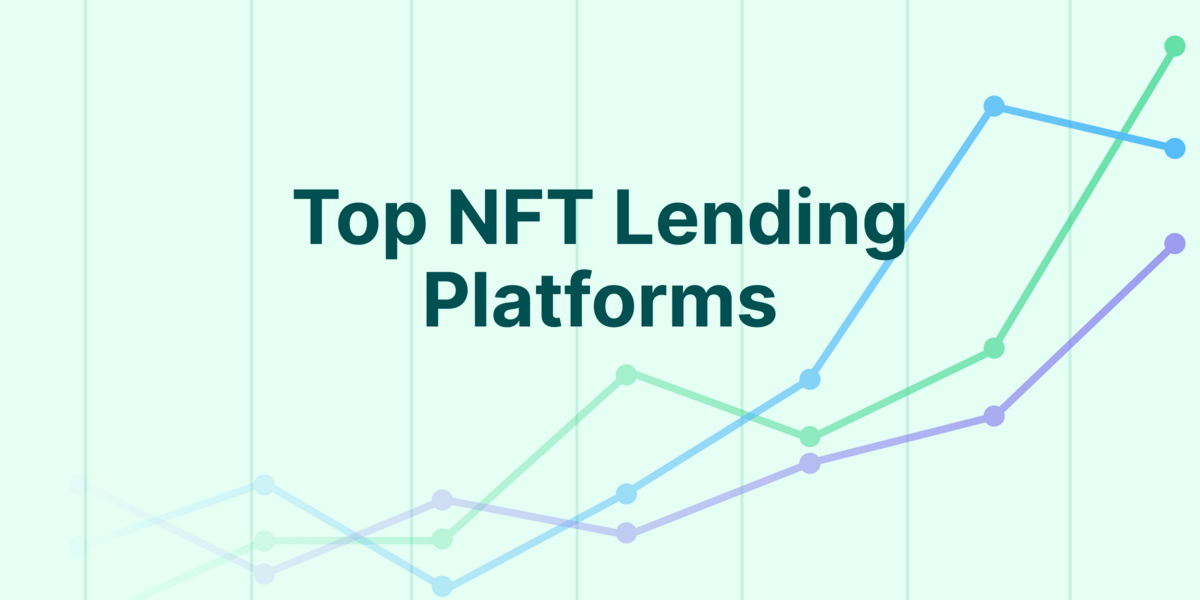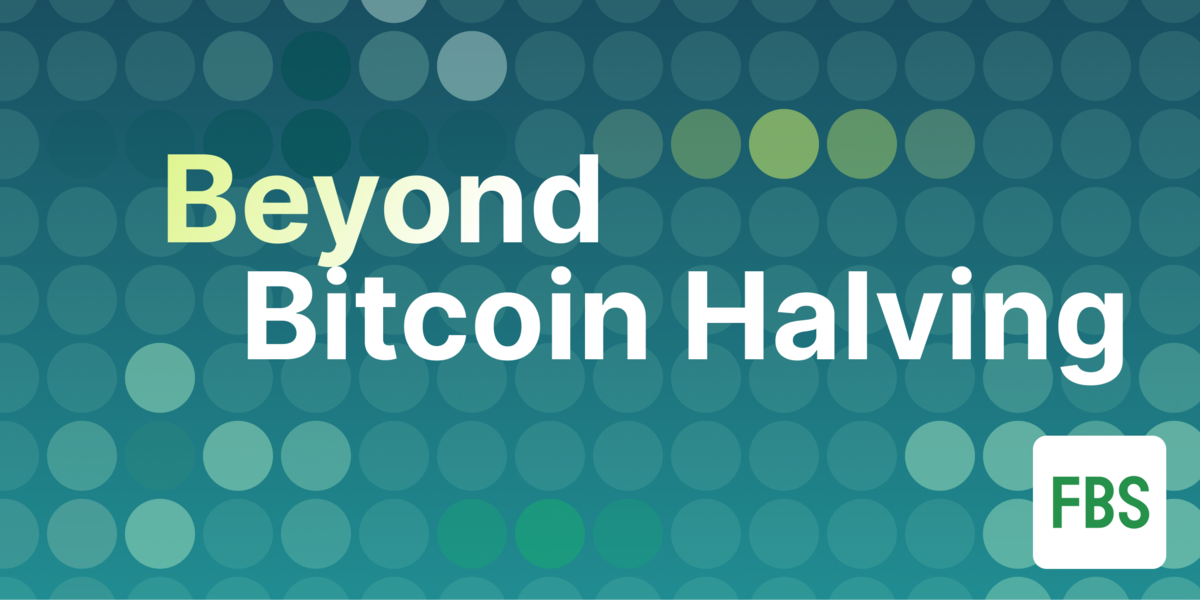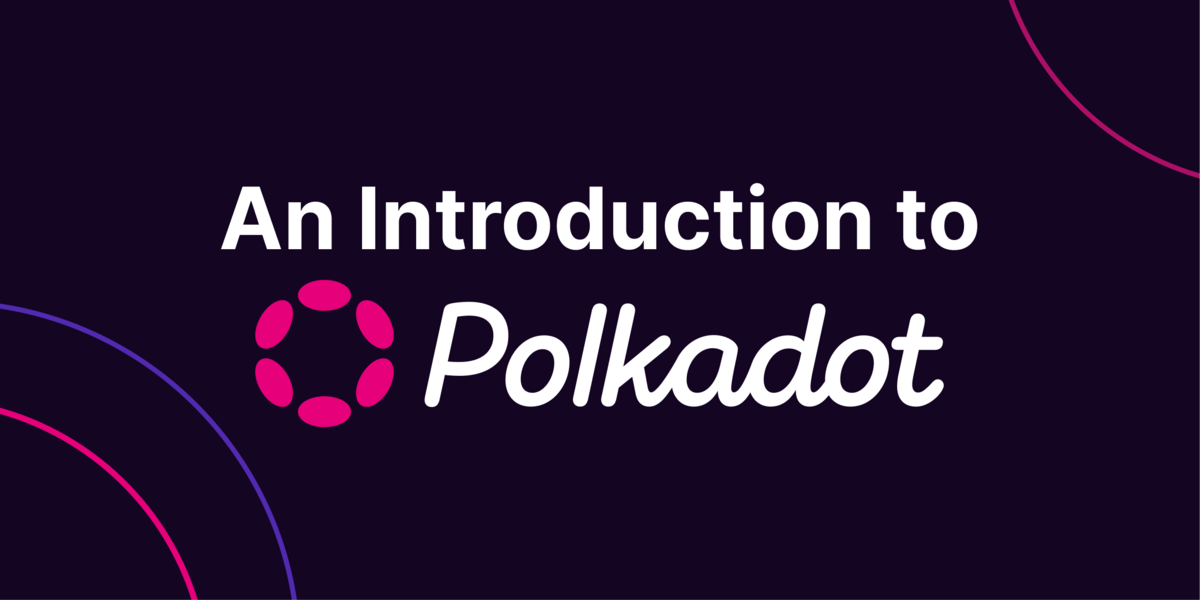This is an accompanying article to an information packed podcast we recorded featuring Joseph Pallant, founder of Blockchain for Climate Foundation (BfCF).
Listen to the episode right here from SoundCloud or on all popular podcast platforms here, or watch it on YouTube!
Climate change is arguably one of the largest existential threats we currently face. It is not a problem of the future – climate change is an issue affecting, changing, and ending lives (of all species) even now. Fortunately for humanity, there are many burgeoning projects and initiatives spearheaded by brilliant individuals within the cryptoverse that provide us reason to be optimistic.
One of such projects is the Blockchain for Climate Foundation. Its raison d’etre? To put the Paris Agreement on the blockchain via its BITMO Platform. BITMO is short for ‘Blockchain Internationally Transferred Mitigation Outcomes’, but more on this later.
First, we’ll give you a quick introduction of the Blockchain for Climate Foundation – its genesis, subsequent growth, and main initiatives.
Blockchain for Climate Foundation (BfCF)
The Blockchain for Climate Foundation was founded in 2018 by carbon market veteran and blockchain enthusiast Joseph Pallant. Joseph has been working in the carbon market space for 17 years, and saw the commonalities between the carbon market and blockchain when he stumbled again onto the concept of Ethereum in 2017. The seeds of BfCF were planted in an equally interesting and entertaining backstory of when Joseph started his journey of connecting blockchain and climate work which involved a nap, CryptoKitties and an underground (literally) crypto community club in Vancouver (you’ll have to listen to the podcast episode to get the whole story).
Long story short, Joseph saw a massive opportunity to put the Paris Agreement and its carbon market on the Ethereum blockchain, which would ideally speed up its implementation and increase its effectiveness in tackling climate change.
BfCF started as a five-person team consisting of experts from both the climate and blockchain space, and has since grown into a team of over 20 members, largely contributing on a voluntary basis. It has so far maintained a singular focus on building out the BITMO Platform and pushing for its adoption by engaging with governments around the world.
BITMO is short for ‘Blockchain Internationally Transferred Mitigation Outcomes’ – that’s quite a mouthful, so let’s break it down starting from the Paris Agreement itself.
The Paris Agreement, Article 6, and ITMOs
The Paris Agreement is an agreement comprising 29 Articles which cover a wide range of actions for tackling climate change. Ratified in 2015, the agreement is a legally binding international treaty between 196 signatories to limit global warming to well below 2°C, with efforts to pursue limiting warming to 1.5°C compared to pre-industrial levels.
This climate ambition requires that humanity at minimum halves its emissions by 2030 and reaches climate neutrality (i.e ‘net-zero’, where unavoidable emissions are completely offset) by 2050. An important provision in the Paris Agreement is that countries are mandated to submit a national emissions reduction plan – called ‘nationally determined contributions’ (NDCs) – of increasing ambition every 5 years.
Another key provision, detailed in Article 6 of the Paris Agreement, establishes a mechanism by which countries could cooperate to achieve their respective NDC targets, involving the use of ‘internationally transferred mitigation outcomes’ (ITMOs). Simply put, ITMOs are the carbon credits relating to Article 6 of the Paris Agreement, which can be traded between countries.
ITMOs that are traded between countries must only count towards one country’s NDC. This means that the host country which exports ITMOs needs to make a ‘corresponding adjustment’ (Paris Agreement lingo for double-entry bookkeeping) whereby they subtract these emissions reductions from their national carbon registry, and only the country which purchased the ITMOs can count the emissions reductions towards their own NDC.
What Is the Purpose of the BITMO Platform and How Does It Work?
The BITMO Platform intends to serve as the critical infrastructure layer which governments can use to effectively track national carbon inventories, as well as ITMOs issued and traded by countries.
There are two important things to understand regarding how BITMO works and how it intends to fulfill its purpose - namely the issuance of BITMO tokens, and what happens after.
BITMO token issuance
The BITMO Platform provides a similar tokenization function for ITMOs as to what the Toucan Protocol does for carbon credits from the voluntary carbon market; namely it acts as a bridge and ‘token factory’ which translates assets from the traditional markets, i.e. ITMOs, onto the blockchain as BITMOs (check out our Klima DAO article for more on the Toucan Protocol).
Carbon credits are typically issued in hundreds of thousands to millions of tonnes for each project, and there are thousands of projects. To tokenize each of these projects, BITMOs are issued as ERC-1155 non-fungible tokens on the Ethereum blockchain, whereby each token represents one metric tonne of CO2 equivalent (1mtCO2e) and has all important carbon credit data, such as the project name, type, location, vintage, and further detailed documentation, embedded into it. The ERC-1155 token standard was chosen as it allows for batch minting of NFTs with different characteristics using a single contract as well as transfers of multiple token types in a single transaction. This saves on gas fees but more importantly, lowers the administrative burden of governments which choose to participate.
Governments who wish to use the BITMO Platform can get in touch with the BfCF, and verify that they are the authorised organisation from their country to issue ITMOs. Then, BfCF can whitelist their Ethereum address and they can immediately proceed to tokenize their ITMOs into BITMOs on the platform, which will then enter their own wallets and are free to be utilized in any way they wish.
What happens after a BITMO is issued
As we mentioned earlier, the BITMO Platform aims to serve as the base infrastructure layer to track the issuance of tokenized ITMOs, and any subsequent trades or corresponding adjustments. Implementation of the platform on an open blockchain such as Ethereum opens up more possibilities for how ITMOs can be utilized.
For one, ITMOs are no longer locked into a single centralised market and registry, meaning that they can now be easily ported and moved between markets depending on factors such as liquidity, without losing any critical historical information. Market operators and counterparties can be confident that the BITMOs that come to market are genuine, as the entire provenance, including the issuing party and critical carbon credit information is captured on the blockchain.
Secondly, as the BITMO Platform is just an infrastructure layer, BfCF does not intend for it to become the de facto market for trading BITMOs. Rather, the open nature of the BITMO Platform allows anyone with an Ethereum wallet to trade and retire BITMOs. Having BITMOs issued on the blockchain simply opens the project up to the wider possibilities of DeFi and the broader Web 3 ecosystem.
While originally the Paris Agreement may have only envisioned ITMOs to be tradeable between countries, there is no reason why the market for ITMOs cannot eventually be open to other private actors as well. Similar to Toucan Protocol’s BCTs, BITMOs could easily be implemented into DeFi protocols and made available to anybody on the blockchain. Already Klima DAO are expressing publicly their interest to collaborate and bond BITMOs into their treasury. Down the line, with more participants there could be more liquidity and price discovery for ITMOs, possibly incentivizing countries to issue more and thus spurring the creation and implementation of more carbon offset projects.
The BITMO Roadmap - Challenges and What It Needs to Succeed
The BITMO Platform recently went live after four years of hard work by the team and now awaits the issuance of genesis BITMOs on the platform by governments. So, what lies in BfCF’s roadmap for BITMO in the near and long term?
The most obvious immediate progression would be to start onboarding users onto the platform. Getting a minimum of 2 countries to exchange BITMOs to start would set a precedent for the rest of the Paris Agreement signatories to follow, putting pressure on other governments to come on board or risk being perceived as being left behind.
Blockchain, DeFi, and NFTs are novel technologies which can be understandably challenging for non-crypto natives to embrace, much less governments with its myriad bureaucracies. BfCf is thus currently engaging with governments through convening a working group consisting of National Parties (i.e. the government entities which engage with the UNFCCC) to help facilitate the understanding and adoption of the BITMO Platform. Members to this National Parties Working Group will be demoed the BITMO Platform and are invited to provide feedback to help fine-tune how the platform can successfully interface with governments around the world.
The private sector will also play an important role in lobbying for the adoption of BITMO amongst governments. If BITMO is successful in developing new market avenues for ITMOs and their value and demand for them increases, this could incentivise developers of carbon offset projects to have their generated credits issued and approved by their government to be exported as ITMOs, while also spurring further interest to carry out such projects in the future.
Further bottom-up pressure from the general public and activist groups may also play a role in driving and speeding up adoption. As the BITMO Platform provides the infrastructure that facilitates transparency and trust in the carbon markets, governments who opt out of issuing ITMOs in this way may be seen as less trustworthy.
As aforementioned, the impact of the BITMO Platform could also be greatly scaled via integration of BITMOs into the wider DeFi and Web 3 ecosystem. There are DeFi projects such as Klima DAO who are in close collaboration with BfCF and are ready to accept BITMOs into their treasury upon their issuance and sale to the public. With the rising concern of the public about the climate impact of NFTs and blockchain, projects or NFT artists could also purchase and retire BITMOs to provably offset emissions, similar to how the KLIMA token has been used.
Closing Thoughts
Though the 2015 Paris Agreement has been heralded as a landmark treaty signifying unprecedented global cooperation and ambition in the efforts to address climate change, current action has been quantitatively shown to be insufficient in attaining its pledged climate goals of limiting warming to 1.5°C - 2°C.

© Climate Action Tracker
To achieve the Paris climate goals, there needs to be extraordinary global collective action to achieve the social and economic changes to reduce emissions at the scale necessary, and what is blockchain if not a tool for improving human coordination?
Projects such as BfCF thus play an important role in bringing greater transparency and efficacy to the Paris Agreement and improving its chances of success by providing the tooling to put the agreement on the blockchain. The profitability of exporting ITMOs can spur the development of more carbon offset projects, driving emissions reductions.
At the same time other than the BfCF, there seems to be a rise of various environment-focussed blockchain projects (e.g. Klima DAO, Toucan Protocol, Regen Network, dClimate, Open Forest Protocol, etc.) in the later months of 2021, a phenomenon Joseph referred to as “ReFi Autumn”, possibly spurred on by the recent COP 26 climate discussions in Glasgow.
With the BITMO platform just recently having gone live, there remains much work to be done before we can revisit the progress made by BfCF and evaluate its success. However with such an amazing team behind it, along with close partnerships with other exciting ReFi projects, we’re hopeful to see the first BITMOs trading sooner rather than later.

Wendy is a research intern at CoinGecko. Follow the author on Twitter @alfalfawm





 Or check it out in the app stores
Or check it out in the app stores
